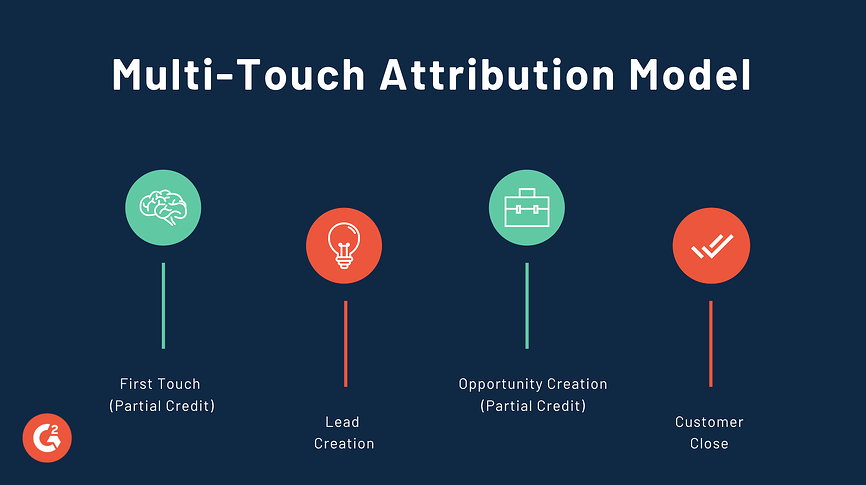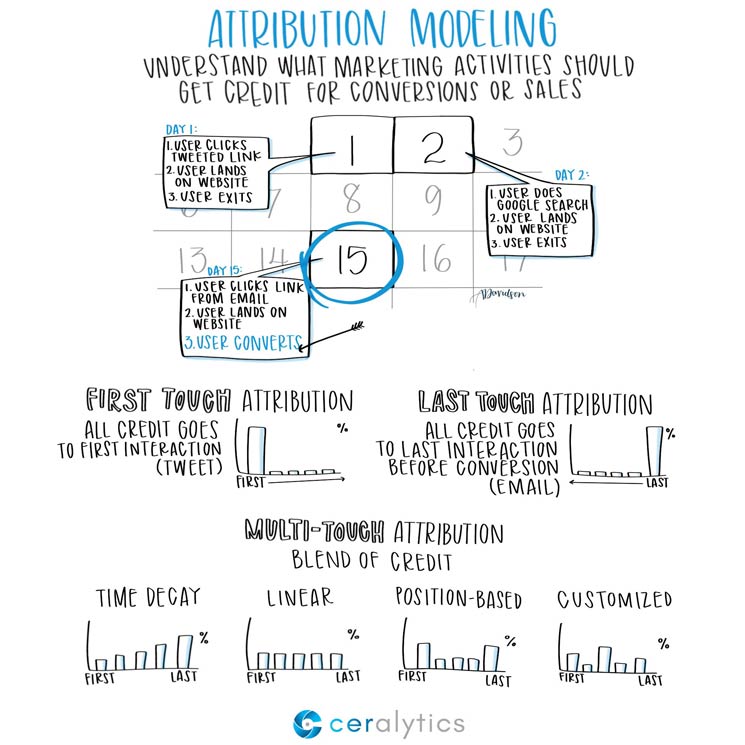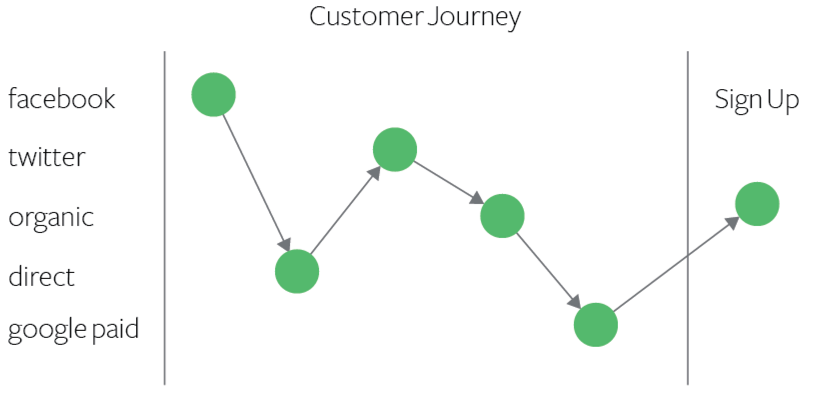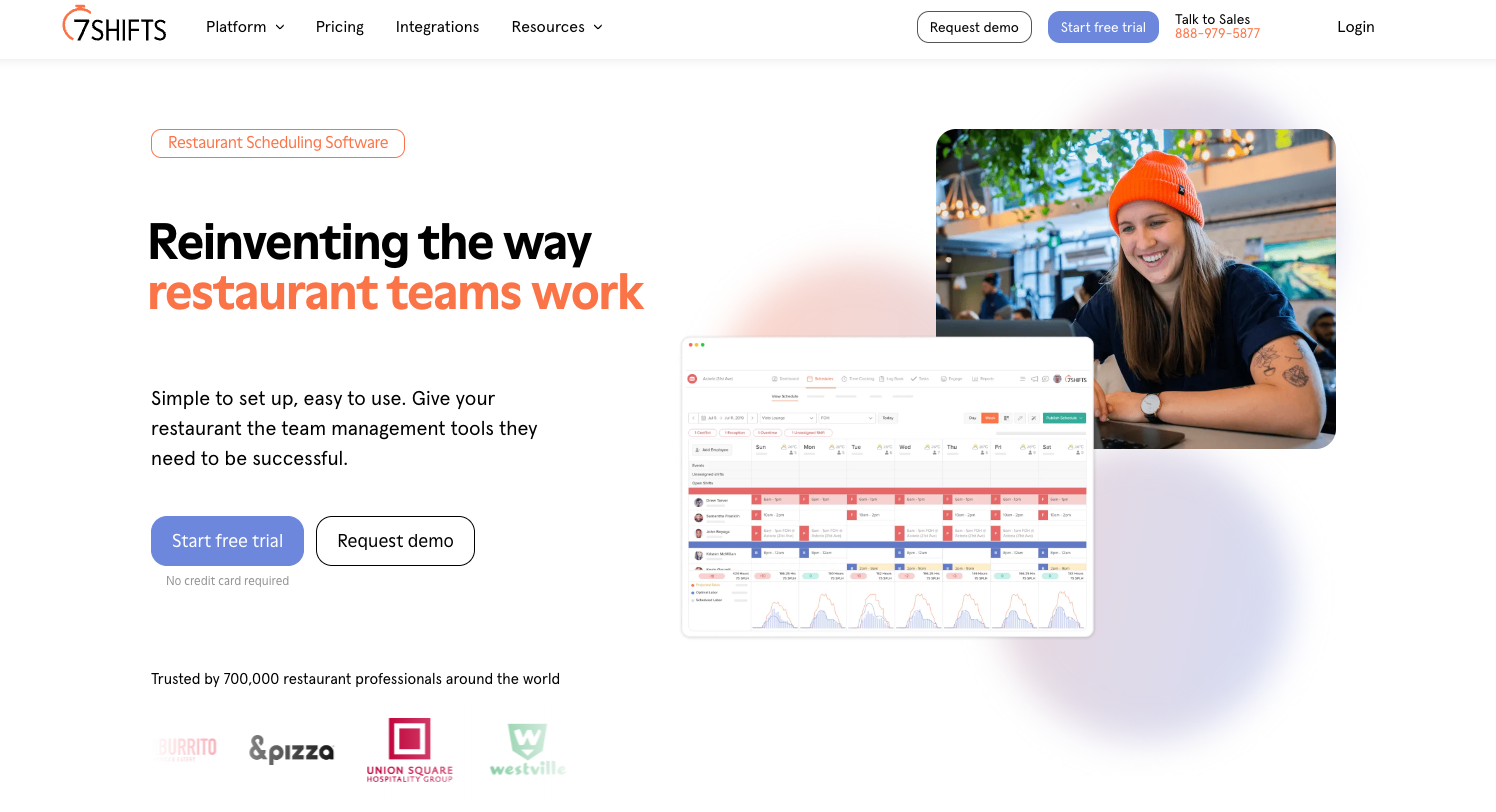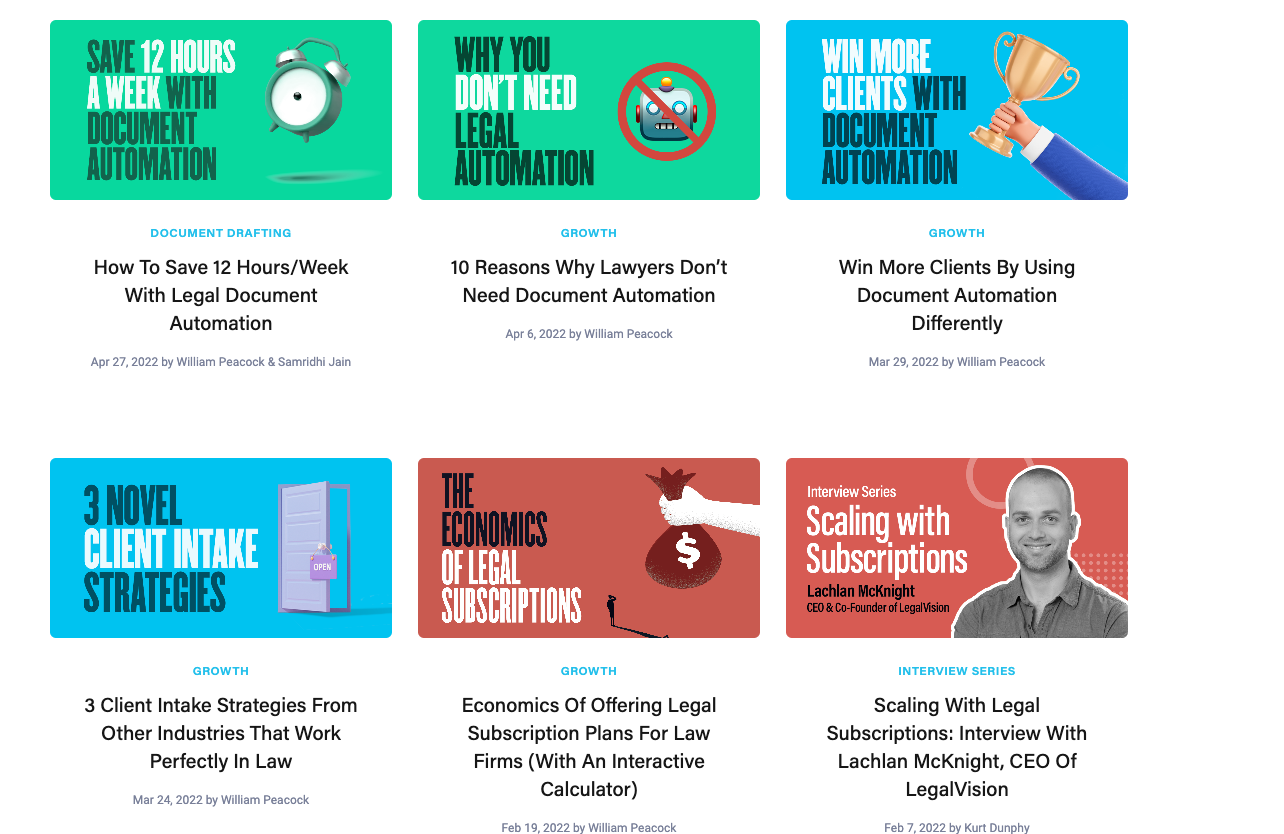[ad_1]
We all want to attribute value to the content we produce. How did the output contribute to the overall customer experience and journey? How can we calculate the value it brings to the business?
The ability to map sales back to content is a practice known as attribution, and it’s the black box of content marketing. Every content marketer struggles to achieve success here. Why? Because the ability to understand what drives a customer to ultimately convert is a bit of a mystery.
While there is no ideal way to attribute down to the dollar, there are ways that content marketers can assess what’s working, dump what’s ineffective, and allocate the budget to produce better quality content accordingly. Ideally, the attribution model will inform senior leaders, sales, and other critical stakeholders of content’s impact on business results.
Types of Content Attribution Models
Given how complex content attribution really is, it’s no surprise that Contently’s 2023 survey revealed only 38% of content marketers were satisfied or very satisfied with their ability to measure content’s success. However, marketers that can identify the content performing well at each stage of the buyer’s journey ultimately gain and produce better content strategies, given the data that they have at their disposal.
Yet content attribution models can look different across companies. For smaller businesses with simpler marketing systems, tighter budgets, and shorter sales cycles, a single-touch attribution model may be sufficient. There are two types of single-touch attribution models.
The first-touch attribution model gives all the credit for a lead to the first touchpoint in the customer journey, and the last-touch model gives all credit for a sale to the final touchpoint.
Then, there is multi-touch attribution, which factors in all of the actions a buyer typically takes during the sales cycle. These models can take time to build, especially for newer companies without mature content.
When designed correctly, multi-touch content attribution models are better suited for companies in the B2B space with longer, more complex sales cycles that leverage three or more marketing channels. This can take shape in a couple of different ways.
In a linear multi-touch attribution model, all actions are given the same credit or percentage value, whether a consumer downloads a whitepaper or stops by the vendor booth at a conference. However, in a weighted multi-touch attribution model, each action has a different value or percentage, signifying a difference in the impact these actions have on the buyer’s interaction with the brand.
How Content Attribution Can Drive Your Strategy
Wouldn’t it be nice if we could understand how each content asset actually influences a consumer’s motivation to buy? There would be tremendous value in that! But we’re not psychologists (or mind readers), so we do the best with what we have.
To make reasonable assumptions about consumer behavior, we must look at what content channels, formats, and topics resonate with our audience and figure out when they’re likely to engage with those content pieces. While each individual customer journey is unique, a multi-touch attribution model can highlight key trends among your top personas. Using this unique information, your content strategy and attribution techniques will evolve.
The data you gather from your content attribution efforts can also increase efficiency. For one thing, proving content contributes to conversions is a great way to prove to senior leaders that your hard work is paying off. The data you’re gathering about what assets, which channels, and when your audience is engaging in the buyer’s journey can also help you determine where to allocate your budget most effectively.
Finally, this content attribution work helps align marketing with sales. When you understand how a consumer experiences and interacts with your brand, you can create a more compelling and engaging experience for them throughout every customer touchpoint; using MarTech and sales tools working together, you can map the entire customer journey to get a broader picture of your brand’s engagement.
Dissecting the Challenges of Multi-Touch Attribution
In an ideal world, any B2B marketer would be using multi-touch attribution. But building an accurate model is challenging. You need a well-established marketing pipeline and mature content production to get the whole picture. That’s why it’s the last stage of Contently’s Content Maturity Model.
You need the right tools in your MarTech stack to build an effective multi-touch attribution model. You might even consider more sophisticated attribution platforms like Dreamdata or Rockerbox. To check your results, you can supplement your research with a backup method, like surveys or customer interviews, in addition to attribution software.
As you dive deeper into attribution, you may discover more challenges in building multi-touch attribution models. Remember that no model is perfect, and consider the roadblocks as you find a system that works for you.
Certain content touchpoints may be harder to track.
According to CMI, the consensus among analysts is that roughly 70% of a buyer’s decision-making process happens before they fill out their first form or speak to a sales representative. So how did they get there?
Content. They self-educate! It’s challenging to track self-education because customers often educate before they are in a serious stage of the funnel. How did they initially learn about your brand? What resources helped them decide it was time to reach out? Some content marketers use gating as a way to secure content leads, but this is slowly becoming an outdated practice. A consumer wants information, not to give up their own.
Not all touchpoints are equal in value.
However, once you can track the consumer, you can give a different weight to each interaction they have with your brand. Different interactions along the typical customer journey may hold different weights in driving prospects down the funnel. While possible, assigning weight values to other interactions will be a complex process that may involve intricate calculations. Even with some of the more sophisticated multi-touch attribution tools, there will be limitations on the data. Trust your instincts when they say you have enough information to conclude.
Organizations may not be ideally structured for it.
In larger organizations, budgets are often allocated so that they are tied to specific channel-level goals. Multiple teams may need to align around a unified attribution model for successful multi-touch attribution rather than rely on traditional ways of analyzing success. This can require an organizational mindset shift.
It doesn’t account for other external factors.
Multi-touch attribution, while helpful at a macro level, doesn’t account for the fact that the customer journey is not linear. Other factors are at play, including the role of brand equity or an already loyal customer base. It can fail to account for external factors that significantly impact attribution results – pricing, promotions, seasonality, and the economy.
Attribution tools need to keep up with changes in technology.
As consumer expectations evolve, so does the technology that powers them. Content marketers constantly face new obstacles as tech rapidly advances – changing search algorithm updates, new social media channels, browser privacy settings, and more. These changes pose obstacles when it comes to multi-touch attribution.
In 2024, third-party cookies will no longer be available in Google Chrome. This means more users can browse the internet anonymously, making tracking more challenging. Attribution will become even more complex — and we need to be prepared to innovate and account for uncertainty. It seems that the future is a black box.
3 Examples of Multi-Touch Attribution
So how can you succeed at multi-touch attribution in your organization? It’s not a one-size-fits-all answer. The customer journey looks different for brands across industries and company sizes. Businesses often take various approaches and rely on a range of tools to build successful multi-touch attribution models. Let’s dive into a few examples of brands doing it well.
Mockingbird
After joining Mockingbird, Marjorie Chelius, Vice President of Marketing, recognized the complexities of the typical customer journey for the product. First, half of the strollers are given as gifts, with the purchase cycle lasting three to nine months – a long time for a largely direct-to-consumer product.
Plus, buyers engage in roughly 15 different touch points before purchasing. And with a multi-channel distribution model – selling strollers on its website, at Target, and on sites like Babylist – tracking the customer journey was even more difficult.
Mockingbird decided to take a multi-prong approach to content attribution. A critical element was conducting ongoing market research from the start – scouring customer reviews, for instance, and interviewing moms. The company also collected data from post-checkout surveys on purchases to measure the role of unpaid channels in the customer journey.
Recognizing the need for a multi-touch attribution model to get the full story, Mockingbird turned to Rockerbox, an attribution software tool, to uncover the channels performing well and better understand customers’ paths to purchase. And for Media Mix Modeling, the company purchased the Recast tool.
The key findings? Along with word-of-mouth referrals, many customers learn about Mockingbird via influencers and paid social ads. Interestingly, they often view Mockingbird paid ads on social media and then conduct their research on Google.

With these insights, Mockingbird removed inefficient spending on bottom-of-funnel retargeting on paid social and branded search. “We earned back 15% of our paid spending budget in Q4 2021—and we haven’t looked back since,” Chelius says. “We felt confident that we did not need to put another paid ad in front of customers once they were hooked initially.”
Another contributing factor to the decision: Mockingbird has a position on top recommendation sites (Lucie’s List, Babylist, and What to Expect, as examples), so when buyers visit these sites to do research, Mockingbird already shows up where it counts.
Based on the learnings from its content attribution model, Mockingbird plans to invest in influencers, social channels, and public relations this year.
7shifts
The marketing team at 7shifts, an employee scheduling and team management platform for restaurants, faced a common problem: the inability to track the specifics behind the B2B customer journey and identify which content efforts to replicate. Initially, the marketing team was tracking last-click conversions and then first-touch conversions, but there was a lot of important information they didn’t have.
“Each of (the single-touch models) separately didn’t make much sense,” says Vahag Aydinyan, Content Marketing Manager at 7shifts. “There was something we were missing in the middle.” Default analytics tools (like Google Analytics) simply didn’t cut it.
7shifts decided to purchase Dreamdata, a B2B revenue attribution software tool. Dreamdata integrates with different software (like Hubspot, Google Ads, and Marketo) to give a complete picture.
Through its content attribution model, 7shifts realized the value of product-agonistic mid-funnel content that helped the target audience in the buyer journey, like the free templates and digital tools for restaurant management.
“We realized people downloaded (templates) before converting at some point,” Aydinyan says.
Now, 7shifts has more information, so they can focus their time and finances on what drives results. But Aydinyan warns marketers not to get lost in the weeds of looking at individual customer journeys.
“It’s important to identify the main KPIs you want to track and focus on those,” he says.
Rally
When Kurt Dunphy started as Growth Manager at Rally in June 2020, building a content attribution model was top of mind. The startup, which automates and streamlines legal processes for businesses and their lawyers, was looking to scale up quickly, and Dunphy knew how important it would be to prove the value of his marketing efforts.
“You really can’t perform at a high level if you don’t know what’s driving results,” Dunphy says.
Upon Dunphy joining the company, Rally didn’t have a clear marketing pipeline. They started by launching a paid advertising program, and then organic content came a few months later.
But with limited tools, Dunphy wanted to understand what was driving high-quality leads. So Rally integrated Ruler Analytics software into its MarTech stack, allowing Dunphy and his colleagues to answer that question. More than two years later, and with a more mature pipeline, Dunphy can leverage Ruler to see which organic and paid channels are actually driving revenue (not just leads) through a multi-touch attribution model.
Ruler is Dunphy’s main source of truth, but it’s not 100 percent perfect (as is true for any attribution tool). But by looking at buyer journeys at the macro level, Dunphy knows which content efforts to scrap and which to double down on – and he’s often surprised by what he learns. He discovered, for example, that Rally’s content on TikTok wasn’t contributing to the buyer cycle as much as the app’s ads manager suggested.
Sure, there are ways to attribute content to sales without a tool like Ruler, Dunphy says, but it’s much more challenging. “You can put HTML-embedded links in [blog posts] or forms and see what people fill out,” Dunphy says. “But it’s way more of a black box.”
Getting Started with Content Attribution Models
Remember to start small when building a content attribution model, especially if you’re working at a young company without much mature content or a well-established marketing pipeline. And look at Contently’s Content Maturity Model, a step-by-step framework for content marketers looking to build a long-term measurement plan.
At a high level, the model encourages marketers to focus on content operations and identifying their KPIs, then work their way down the funnel by measuring lead generation. Over time, as your marketing pipeline matures, you can map your content back to the pipeline.
Ultimately, no content attribution model is perfect. But, as Chelius advises, accept the limitations of data and “gut check” your findings using a second method. And remember that, while challenging to build, a multi-touch approach for a complex sales cycle is much better than last-touch alone, which fails to articulate the whole story.
When you can track the buyer’s journey and understand what drives sales, you know what your audience craves at every stage of the funnel. With the right attribution model, you can create a more strategic content strategy that helps you tell your brand story and efficiently leverage your budget and resources.
Request a demo to better understand how Contently can help you create an ROI-driven strategy and content measurement plan.
Image by
olegkruglyak3
[ad_2]
Source link


